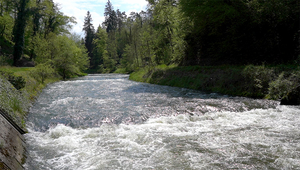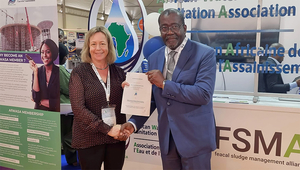Archive News
August 28, 2025
August 27, 2025
August 19, 2025
August 15, 2025
August 7, 2025
August 6, 2025











